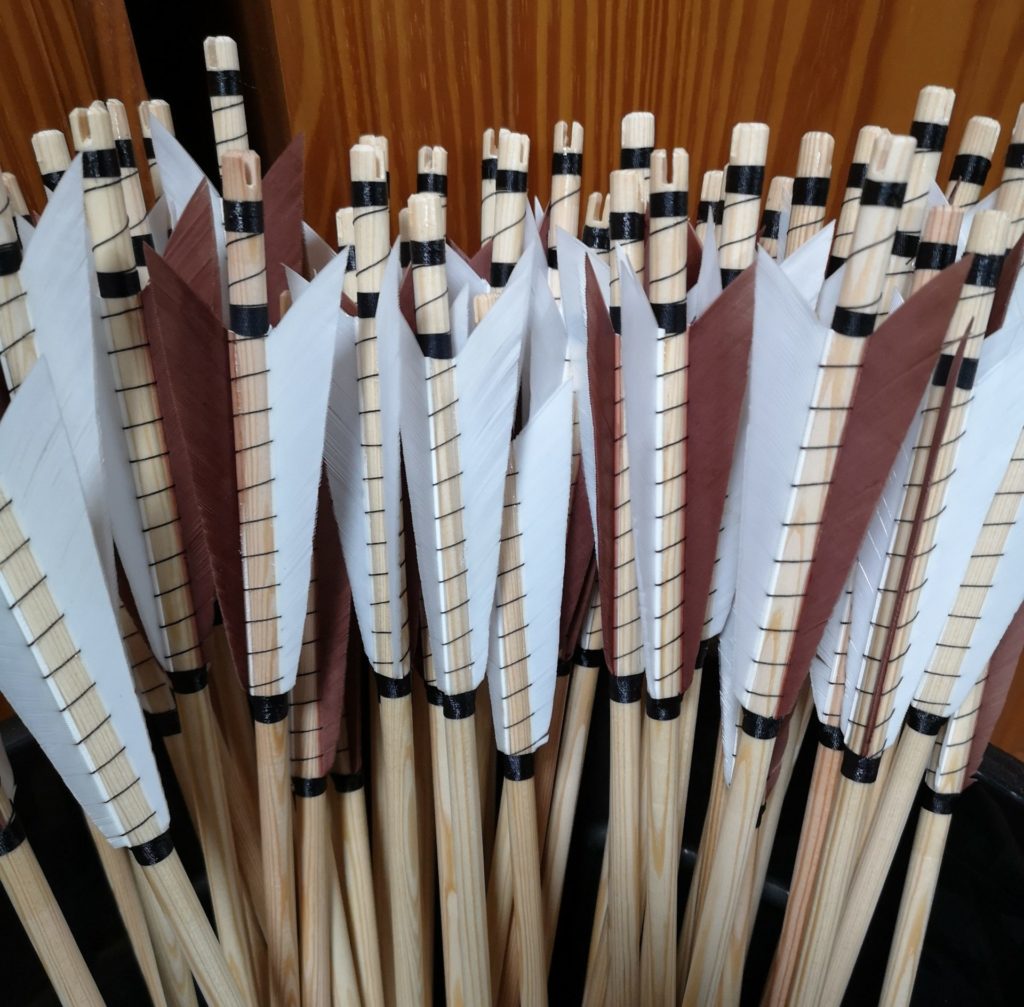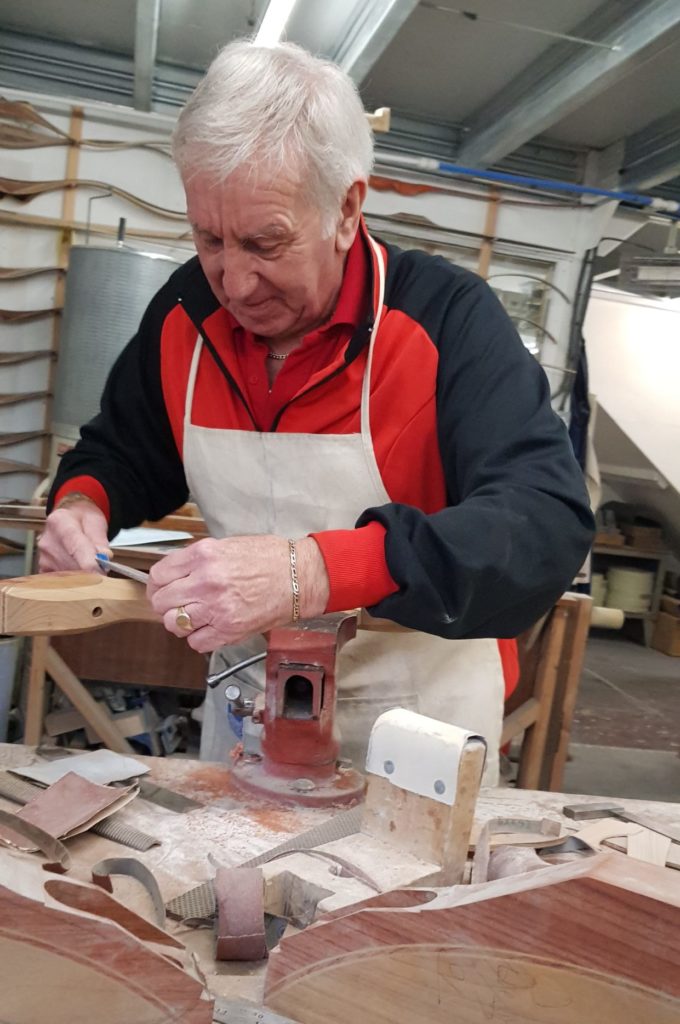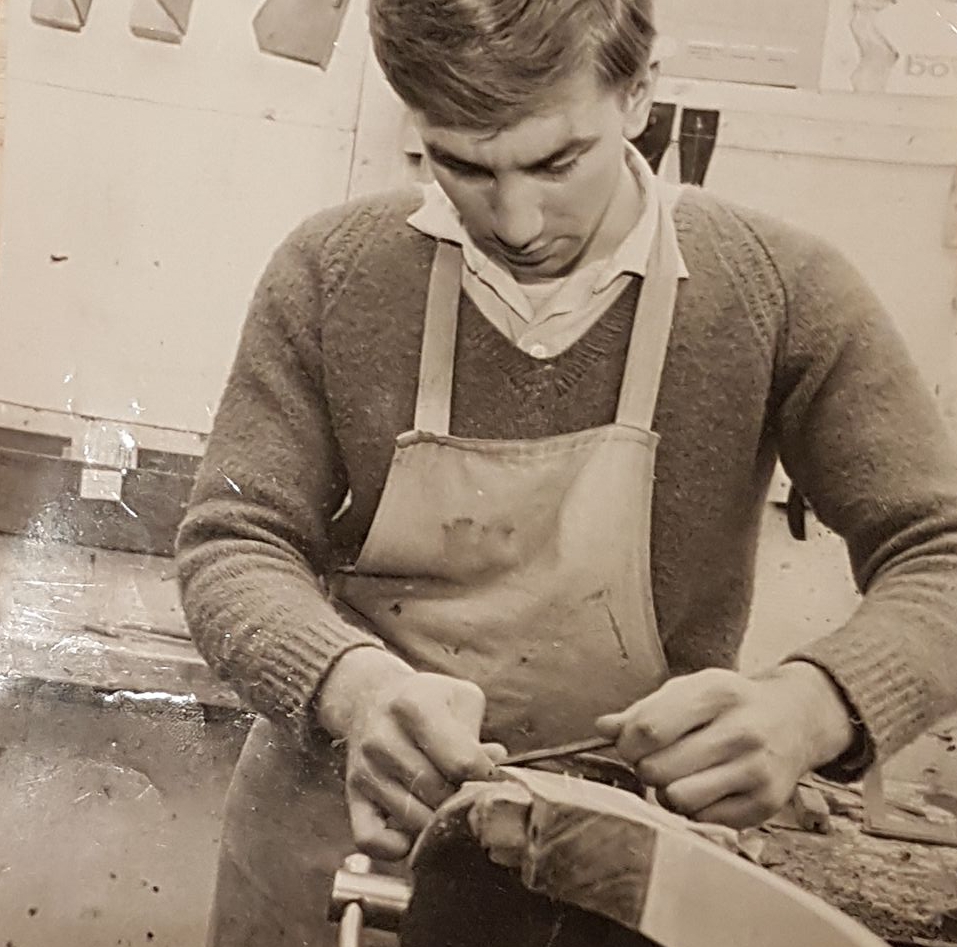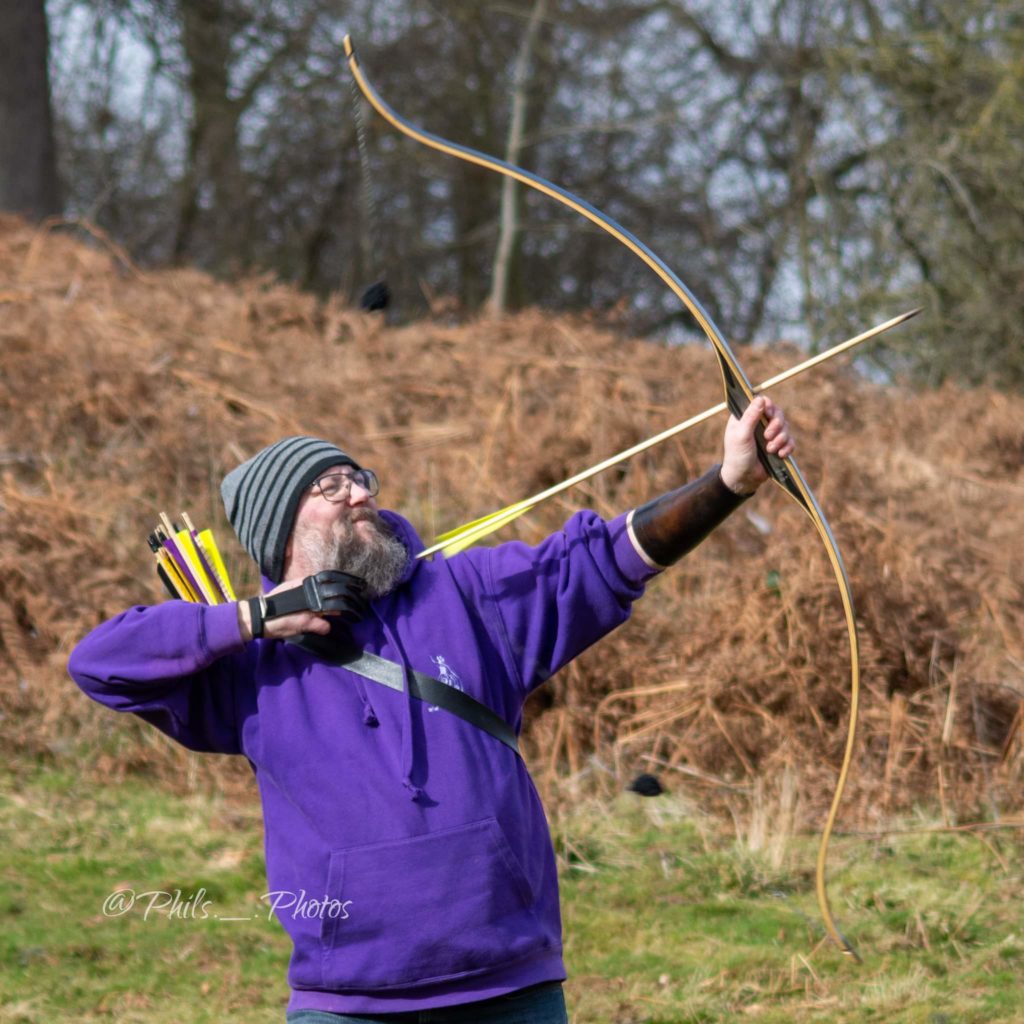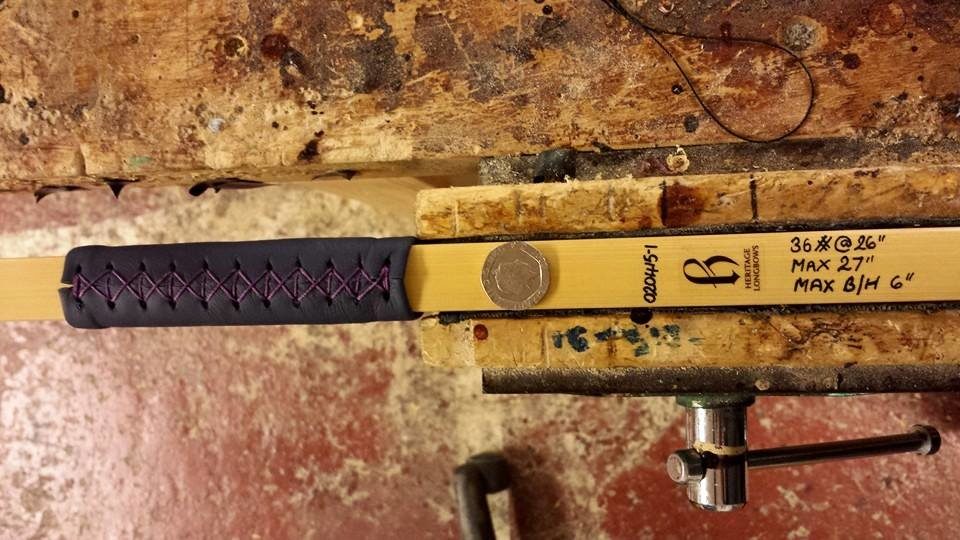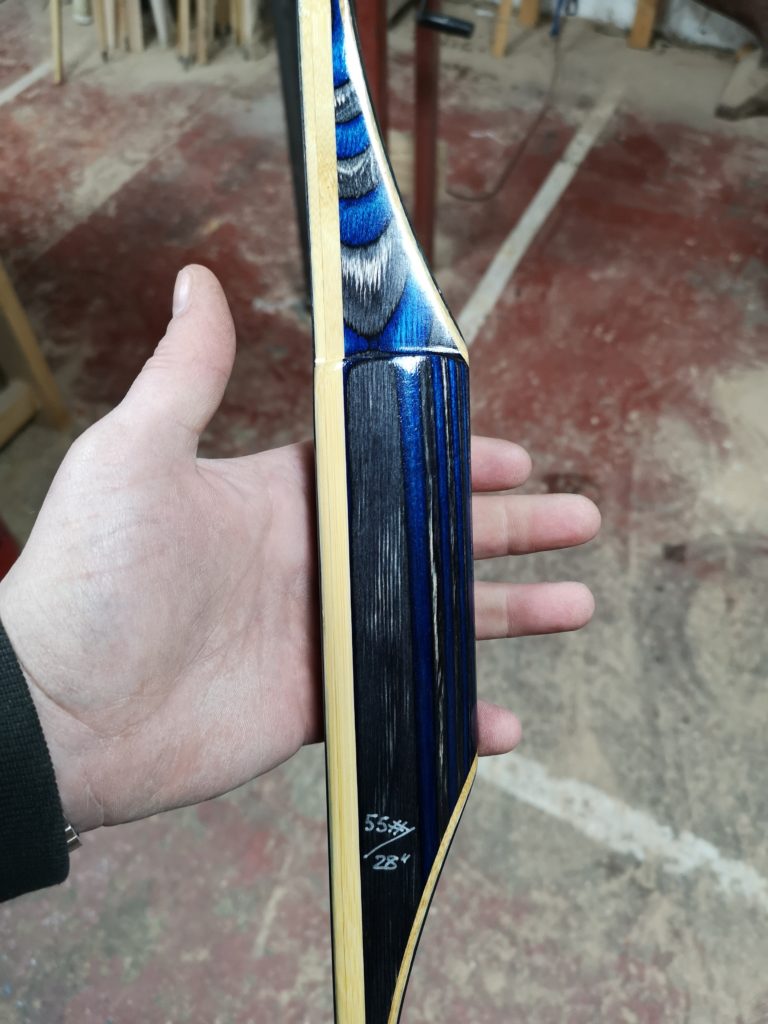In the second of a two-part series, Rob Jones looks at traditional bowmaking in the UK
When I started looking into the home-grown talent of British bowmaking, I quickly found that I was only scratching the surface of the wealth of expertise of the individuals out there. I discovered that – quietly – there are far more bowmakers out there than many people may realise, part of a loosely affiliated network of archery artisans around the UK and across the world.
Artisanal bowmaking has many hundreds of years of history and for the vast majority of that time it was learned in the same way as skilled trades everywhere – by apprenticeship to a master, continuing a long chain of skill passed down the generations.
I had the opportunity to speak with a couple of individuals who are well known in the archery community, as well as running their own archery businesses here in the UK: Lee Ankers, of Heritage Longbows, and Keith Gascoigne, of KG Archery.
When talking to both of these individuals, it is obvious how enthusiastic they are in their chosen field and beyond, too. Both run successful businesses in their own right, but one thing that becomes obvious is the vast experience they have from years of shooting and bowmaking.
If you visit the KG Archery website (kgarchery.com), it is clear the company is proud to advertise that it is based in Nottinghamshire, land of Robin Hood. When speaking with Keith, I realised the experience and knowledge he has built over decades in the archery community. Keith started thanks to two school teachers who were able to secure him a job at a local bowmaker called Marksman. He started as an apprentice back in 1962. At Marksman, he designed the KG1 bow, one of the top recurve bows of its time.
The KG Archery business was formed in 1991 and something that came as a surprise was Keith telling me that “one of my first bows was actually a crossbow”. Keith went on to develop the Nemesis and Paragon lines, the latter being the world’s first all-carbon riser. This bow took gold medals at the 1996 and 2004 Paralympics.
When many of us might be thinking of taking things easier, Keith, who recently celebrated his 75th birthday, can still be found in the workshop, either working on a new bow design or an existing KG model.
Keith’s experience and knowledge is well known to many, but he also holds another distinction as he is classified not only as a master bowyer, but now also as a grand master bowyer. He has earned this title because he has previously taken on apprentices who went on to become bowmakers and now these new bowmakers have gone on to take apprentices themselves – a definitive demonstration of passing on your knowledge for future generations in a very practical form.
With more than 60 years of experience, there is little doubt Keith has seen some huge developments in the industry. When I asked about his thoughts on traditional archery, it generated quite a discussion on what might be thought of as ‘traditional archery’. He recalled how, in the 1960s, shooting a recurve with aluminium arrows was the norm.
He is also concerned that many modern international bowmakers are engineers rather than archers and feels this may have an impact on what they are producing. KG continues to produce a huge variety of models to order, from traditional laminated wooden recurves, to longbows, to carbon risers and limbs, and a unique ambidextrous traditional recurve bow designed for have-a-gos.
Lee Ankers established Heritage Longbows (heritagelongbows.co.uk) a little over 11 years ago. It has grown quickly from producing English longbows to now producing a variety of bows and has become the country’s largest supplier of arrow shafts, mostly made from Scots pine, popular in the Victorian era. Lee also produces warbows and arrows, supplying enthusiasts, re-enactors and TV productions.
I asked Lee how he would describe himself to people who don’t know him and he said: “I like to think of myself as a happy-go-lucky and easy-going person.” It is a pretty good description. In some ways, this is reflected in his ethos of working mostly by eye. He tells me how doing things by eye feels more natural to him. Of all artisanal woodworking disciplines, longbow making requires a great deal of work by feel and by eye, rather than multiple precise measurements.
Lee is more than willing to chat about bows, arrows or any aspect of archery at the drop of a hat. Like many people dedicated to archery for life, Lee does not limit himself to a single bow style, saying: “If it’s got a string on it, I’ll shoot it.”
Though now well known to many in the sport for shooting traditional and field shoots across the country and beyond, as with quite a few of us, Lee started archery shooting regular target. Unlike other archers, though, who would stick with one bow style or even one bow, Lee enjoyed swapping to different bows while shooting.
It was not surprising, then, when he moved into bowmaking, given his passion for different shooting styles and personality. He’s also been known to turn up at a competition to shoot a bow he’s only finished making the day before. “There is no doubt that if I am shooting well, using my own bows helps to promote my bows.” Lee has a raft of different medals across shooting organisations.
So what of the future? It quickly became clear that he had one specific goal for his own personal development, for a man with a great passion and desire to push new ideas and designs – and a personal ambition as well.
“I’m a member of the Craft Guild of Bowyers and Fletchers. I am the only one to be a master in four categories: master stringer, master bowyer, master fletcher, master war bowyer. There are five categories in total and I plan to be the first member ever to become master in all categories.”
When asked about potential new developments, there was a smile on his face, so I’m expecting to see some new designs coming out of his workshop very soon. Currently, he is working on a series of new developments using coloured birch and he is already producing longbows, primitive and now flatbows with this. It’s pretty obvious that Lee is enjoying the opportunity for making and experimenting, trying out different woods and designs.
One thing is certain, whether they are small-scale builders working in converted back-garden sheds and garages or they are larger-scale shop owners with dedicated outlets, bowyers are all facing a lean time. Sourcing material, such as the specialist woods required, is proving a big problem for all UK-based bowmakers.
A recent YouTube video by one UK-based bowmaker highlighted how it’s cheaper to import full-length arrows from overseas than it is to ship them within the UK. Add to this an across-the-board rise in inflation and increasing shipping costs, and it is easy to see things are not easy for bowmakers.
The cycle doesn’t end there. While they struggle with importing materials, cheaper imports from some countries are having an impact on their ability to sell their products.
I would like to thank those people who helped me in the writing of this article. I strongly feel that these individuals and businesses deserve our support.


